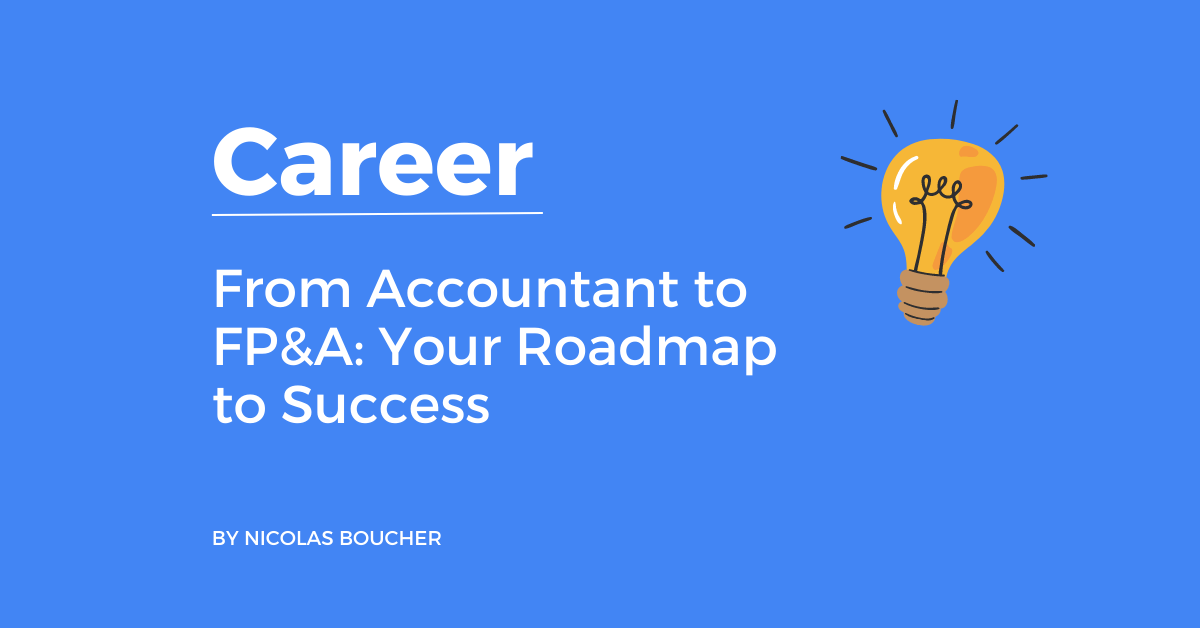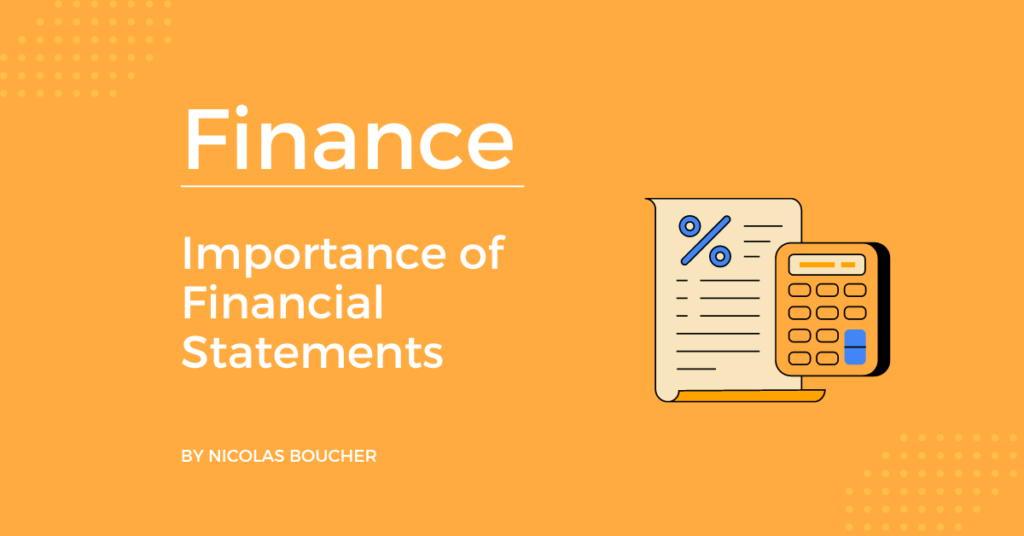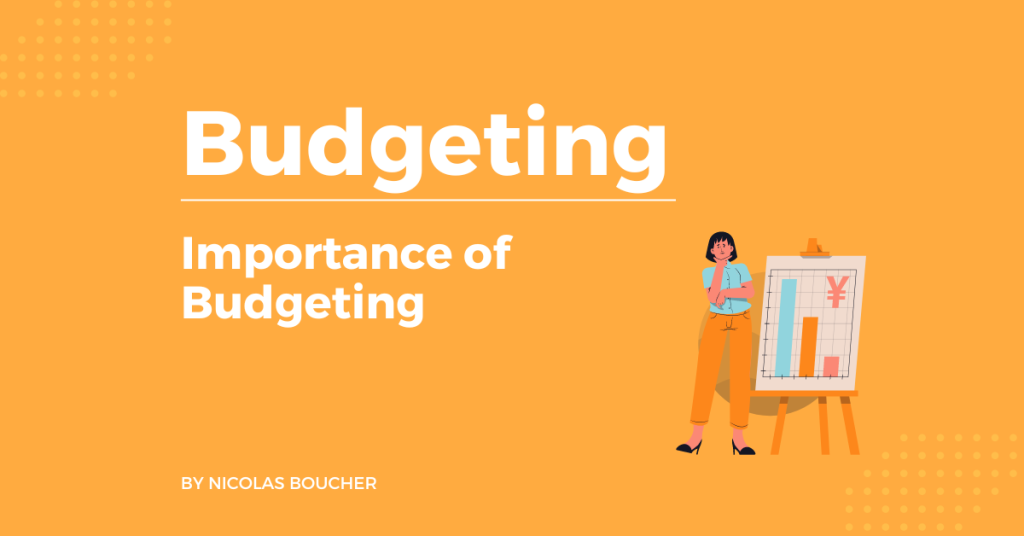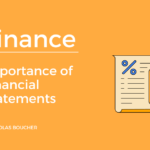Are you ready to move from being an account and transition to FP&A?
FP&A is a critical function in any organization that requires individuals to provide financial insights to help the business make strategic decisions.
This is a highly sought-after role, and making the transition from accounting can be challenging.
Table of Contents
Roadmap to Transition to FP&A
Here’s a roadmap to help you make the transition to FP&A.
Learn How to Analyze Sales, Margin, Overhead, and Headcount
Analyzing financial metrics such as sales, margin, overhead, and headcount is a critical skill for FP&A professionals.
Understanding how these metrics impact the business will make you more valuable to management.
Also, they will count on you to provide insights that can help drive business decisions.
Example:
You may analyze sales and margins to determine which products are most profitable and identify opportunities to increase revenue.
Therefore, analyzing overhead and headcount can help you identify cost-saving opportunities and improve overall efficiency.
Master The Budget Process
The budget process is a critical part of FP&A.
It is the process of developing a financial plan for the organization that aligns with its strategic objectives.
But, mastering the budget process will allow you to provide valuable input and bring you closer to management and other functional heads.
Example:
You may develop financial models and scenarios to help management make informed decisions about the budget.
This could include developing revenue forecasts or identifying cost-saving opportunities.
Be A Great Finance Business Partner
As an FP&A professional, you will work closely with various functions within the organization.
Being a great finance business partner means that you can navigate within the organization and make things happen.
Additionally, you need to be able to communicate effectively with other departments and understand their needs and challenges.
Example:
You may work with sales teams to develop pricing strategies or with operations teams to identify cost-saving opportunities.
By being a great finance business partner, you can build strong relationships and collaborate effectively with other functions within the organization.
Know How to Optimize Reporting
Reporting is a critical part of FP&A, but it can be time-consuming.
Knowing how to optimize reporting can make you more efficient at creating reports and allow you more time for value-added tasks.
Also, you need to be able to create reports that are accurate, timely, and informative.
Example:
You may develop dashboards and automated reporting systems to improve efficiency and accuracy.
Therefore, by optimizing your reporting process, you can spend less time on administrative tasks and more time on strategic analysis.
Use Storytelling for Finance
Using storytelling can help you communicate complex financial information in a way that is easy for others to understand.
As a result, the world rewards those who are best at communicating ideas, not necessarily those with the best ideas.
By using storytelling, you can help stakeholders understand financial concepts and make informed decisions.
Example:
You may use visual aids or anecdotes to illustrate financial concepts and help stakeholders understand the impact of their decisions on the business.
As a result, by using storytelling, you can engage your audience and make financial information more accessible.
Bonus/Last Tips
- Networking is key. Therefore, attend industry events and conferences to connect with other FP&A professionals.
- Invest in professional development. Consider taking courses or obtaining certifications to improve your skills and knowledge.
- Be adaptable and open to change. The finance industry is constantly evolving, and it’s important to stay up-to-date with the latest trends and technologies.
Final Thoughts – Transitioning Is Easy with The Right Skills
Moving from accounting to FP&A can be a challenging transition, but with the right skills and mindset, it is possible to succeed.
Therefore, by developing a roadmap that includes learning key financial metrics, mastering the budget process, being a great finance business partner, optimizing reporting, and using storytelling, you can position yourself for success in this exciting field.
Furthermore, remember to network, invest in professional development, and stay adaptable to stay competitive in the ever-evolving finance industry.
Do you have what it takes to be an effective finance professional in the next ten years? Get my course today and get on the right path toward achieving your goal!
Finally, don’t let interview questions catch you off-guard. Prepare effectively with this job interview guide for finance professionals.
Key Takeaways
- Transitioning from accounting to FP&A requires a set of unique skills.
- Learning to analyze financial metrics, mastering the budget process, being a great finance business partner, optimizing reporting, and using storytelling can help you succeed in FP&A.
- Networking, professional development, and adaptability are key to staying competitive in the finance industry.











